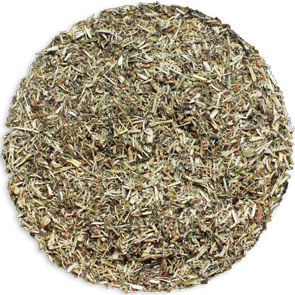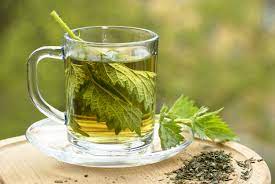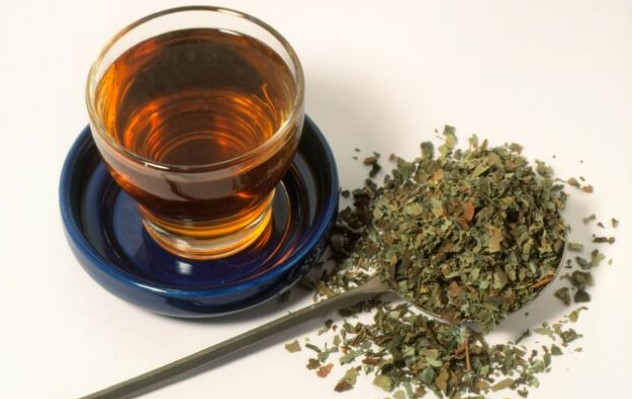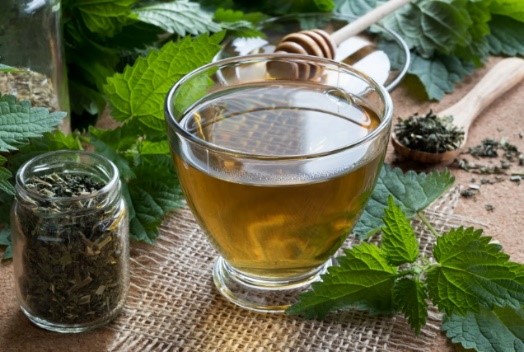El hígado es uno de los órganos más importantes de todo el cuerpo. Participa en las funciones del metabolismo, en procesos hormonales y digestivos.
Este órgano tiene la capacidad de desintoxicarse por sí solo, pero si esto no sucede puede generar problemas que disminuyen la calidad de vida y se presentan recurrentes dolores abdominales, acumulación de gases y reflujo. Además, a nivel externo afecta la salud de la piel, incrementando los casos de acné o tonalidades amarillentas (ictericia).
Si se llegan apresentar malestares como: pesadez estomacal después de comer, náuseas y vómitos, cambios en el color de las heces, piel amarillenta, mal aliento; busca atención médica para evitar complicaciones graves.
Apoya tu tratamiento con las propiedades de la herbolaria para desintoxicar el hígado además de mejorar los hábitos alimenticios, (evitar las comidas irritantes y grasosas), aumentar la ingesta de agua, evitar el alcohol y el cigarro y realizar más actividad física.

Nuestra mezcla “HEPAFUN” contiene: Boldo (Peumus boldus); Alcachofa (Cynara scolymus); Cardosanto (Cnicus benedictus); Prodigiosa (Brickellia cavanillesii) y Cuaxia (Quassia amara).
Estas plantas sirven para tratar dolencias digestivas y reducen el riesgo de padecer cálculos biliares y depuran el hígado. Ayudan a eliminar toxinas, especialmente ácido úrico, y evitan la retención de líquidos. Estimulan la producción de bilis lo que resulta benéfico para las enfermedades hepáticas. Actuan sobre la cirrosis, hepatitis, hígado graso, envenenamiento hepático e impiden el daño hepático y renal provocado por medicamentos. Sirve para normalizar los niveles de bilirrubina y restaurar los tejidos dañados.

COMPRA EN LÍNEA:
https://hierbasdemexico.com.mx/tienda/
Siempre es bueno estar informado al 100% y consultar con tu médico de confianza antes de tomar cualquier suplemento.
Producto 100% natural, su uso está destinado al consumo como alimento.
EL CONSUMO DE ESTE PRODUCTO ES RESPONSABILIDAD DE QUIEN LO RECOMIENDA Y DE QUIEN LO USA
REFERENCIAS
1)Variation of the alkaloid content of Peumus boldus (boldo).
Fuentes-Barros G, Castro-Saavedra S, Liberona L, Acevedo-Fuentes W, Tirapegui C, Mattar C, Cassels BK.Fitoterapia. 2018 Jun;127:179-185. doi: 10.1016/j.fitote.2018.02.020. Epub 2018 Feb 14.PMID: 29454020
Eighteen alkaloids were detected in the bark, leaves, wood and roots of Peumus boldus, including traces of secoboldine, N-methylsecoboldine (boldine methine), glaucine and norreticuline, not reported previously as constituents of this species. …
Ardalani H, Jandaghi P, Meraji A, Hassanpour Moghadam M.Complement Med Res. 2020;27(1):40-46. doi: 10.1159/000502280. Epub 2019 Sep 4.PMID: 31484191 Clinical Trial. English.
BACKGROUND: Recent studies have suggested that artichoke (Cynara scolymus L.) may reduce certain biochemical blood factors but the efficacy of this plant on blood pressure (BP) has not yet been investigated. …METHODS: The total phenolic content and gas chromatogra …
Paun G, Neagu E, Moroeanu V, Albu C, Savin S, Lucian Radu G.Biomed Res Int. 2019 Mar 12;2019:3692605. doi: 10.1155/2019/3692605. eCollection 2019.PMID: 30993111 Free PMC article.
This study evaluated the biological activities of Eryngium planum and of Cnicus benedictus extracts enriched in polyphenols obtained by nanofiltration. …Herein, there is the first report of ursolic acid, genistin, and isorhamnetin in E. planum and C. benedictus …
4) alpha-glucosidase inhibitors from Brickellia cavanillesii.
Escandón-Rivera S, González-Andrade M, Bye R, Linares E, Navarrete A, Mata R.J Nat Prod. 2012 May 25;75(5):968-74. doi: 10.1021/np300204p. Epub 2012 May 15.PMID: 22587572
An aqueous extract from the aerial parts of Brickellia cavanillesii attenuated postprandial hyperglycemia in diabetic mice during oral glucose and sucrose tolerance tests. Experimental type-II DM was achieved by treating mice with streptozotocin (100 mg/kg) and beta …
García-Barrantes PM, Badilla B.J Ethnopharmacol. 2011 Apr 12;134(3):904-10. doi: 10.1016/j.jep.2011.01.052. Epub 2011 Feb 4.PMID: 21296139
AIM OF THE STUDY: Quassia amara L. is commonly used in Costarican folk medicine. It has been used for the treatment of a broad range of gastrointestinal symptoms such as dyspepsia, gastritis and constipation. …Ligas() did not produce a significant change (p>0.0 …



